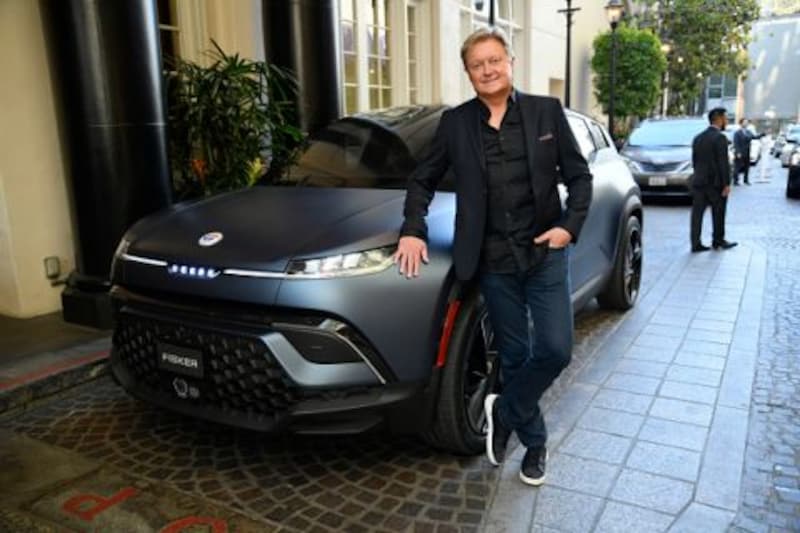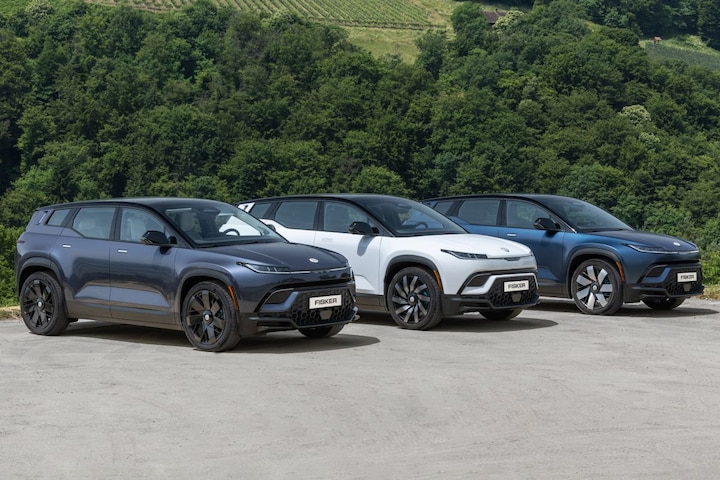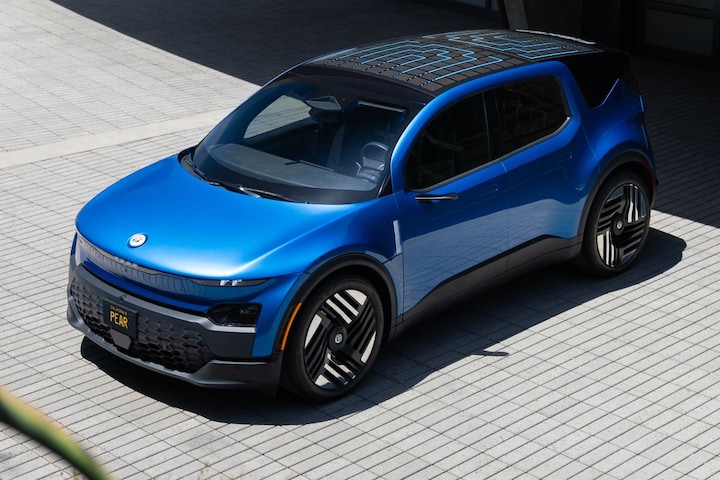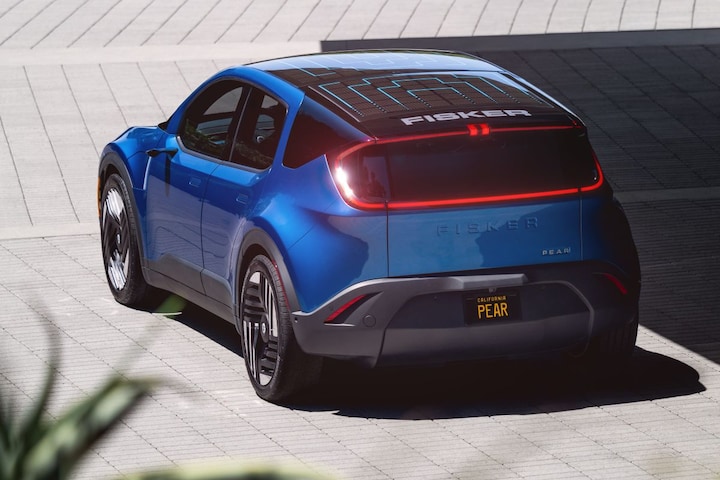Ocean kicks off new Fisker

After the unfortunate adventure with the Fisker Karma, Henrik Fisker is now back with fully electric cars. The Fisker Ocean is already for sale in the Netherlands, but more is on the way. We spoke to the Danish car designer about his plans.
Henrik Fisker’s oeuvre is not the least. His works include the Aston Martin DB9 and BMW Z8, both unique and timeless cars. But the designer wanted more. After a brief foray into bodywork construction, he started his own car brand in the 00s: Fisker. The voluptuous Karma was released under its own banner, one of the first plug-in hybrids in the world. Unfortunately, the financial crisis killed the car manufacturer. Now the Dane is trying again, with fully electric cars that should be slightly different from everything already on the market.

Fisker recently opened a showroom in the Netherlands. How will the brand distinguish itself from all other newcomers? The competition is enormous.
“For us, distinction is a necessity. Every Fisker must have at least four features that are unique to the segment. The Ocean, for example, has the longest range of any SUV in that segment. In addition, it is the most sustainable car in the world, we have already proven that. The car has the largest solar panel roof in the world and we have California mode, where the sunroof and all windows, including the rear window, can be opened for a convertible experience. These are just a few examples, but this will be our goal with every new model. Offering something that is not yet available in the relevant segment.”

FiskerOcean.
The battery size of the Ocean may not be unique, but it is for this price and in this segment. How did that work?
“There is not one specific reason, it helps that we have a good relationship with our battery supplier CHL, where we have our own production line. Our batteries therefore have a very high energy density. Many brands choose to make batteries in-house, but we thought it was better to call in specialists. We also decided that we needed to leave certain things out of the car to keep the price down. If you spend extra money on your battery, you should save it elsewhere. We don’t have any frunk, and there are more things that you as a user will miss less than you think. If I pointed it out to you you’d say, ‘Damn!’ But if I don’t tell you, you’ll never find out.”
Now there is only the Ocean, the second model will be the smaller Pear. When can we expect that?
“In 2025 in the US, in Europe perhaps a little later. We want to have production on both continents and for Europe we are still in discussions with partners to build it.”

Fisker Pear.
Back to the Ocean. Where do you, as a beginner, get the knowledge to, for example, get the architecture of the chassis to a high level?
“Our people come from different places, not only from the automotive industry, but also from aerospace, for example. People have also returned who we still had in house with Fisker 1.0, who wanted to come back when we started with Fisker 2.0. But the priority is changing quickly. More than 60 percent of our engineers are software engineers. That used to be logically different. Software is now such a bizarrely important component of the car.”
Why do you think many existing car manufacturers are so behind in the EV field despite their development budgets?
“Suppose you go to McDonalds and you want them to make you a star meal. Despite all their experience and their size, they will have a lot of trouble there; although they can make a good affordable hamburger better than anyone. Building an electric car is not just ‘just’ developing a new model. You certainly saw an attitude among existing manufacturers in the beginning that an electric car is the same, but only with a larger battery and an electric motor. The rest is more of the same, same hardware. But that is absolutely not the case. Ego also plays a big role: ‘Oh, those new guys are going to tell us how to make a car?’ But now you see that the newcomers are doing bizarrely well. It is more than Tesla, they are also coming from China at a bizarre pace.”
Many newcomers have problems with logistics and finances. Are you concerned about that?
“It makes a difference that we do not have our own factories, but have the Ocean built at Magna Steyr. We have noticed that we need more physical locations, because online sales are not enough. That was different a few years ago, because you still had the pioneers then. They were not afraid to buy an electric car sight unseen. But that applies much less to the ordinary consumer. He wants to see a car, touch it, try it. And so we need more dealers. Both our own dealers and independent dealers.”
Looking back at Fisker 1.0. Then you suffered from the economic crisis that ruined everything, now there was corona that made things difficult for Fisker 2.0. Did you have a flashback?
“The crisis at that time was worse from a business perspective. Then I suddenly received a call from my battery supplier, saying that he was bankrupt and that I was no longer getting batteries, but now you can easily find another supplier. In 2011, no one believed in electric cars anymore. The existing manufacturers thought, ‘if we add an EV to our range, we will get there’. That is different now. And yet, even after ten years, there are many EVs legacy brands still worse than the very first Teslas. You wonder what they were doing all this time. Finally, it is striking how the focus is on the top end of the market. Everyone wants to make expensive electric cars. But now all the rich people have their EVs and now the customers are gone. The average car buyer has much less choice.”

Fisker Pear.
About the Pear you said that people still overestimate the range they need. Will the smaller battery pack of the Pear also be included in the Ocean?
“We have a different strategy for the Pear. When that happens in a few years, the attitude towards EV will have changed. Moreover, it will more often be a second car and it automatically needs less range. Now everyone just wants ‘the one with the most range’. That’s mainly in the head. No one was concerned with range with petrol cars. I do suspect that the European WLTP tests are carried out by a European official who drives very slowly. As a result, many buyers are disappointed in their practical range.”
– Thanks for information from Autoweek.nl